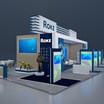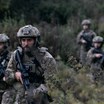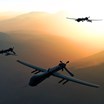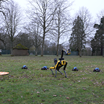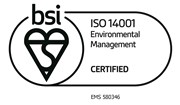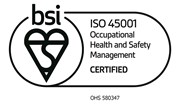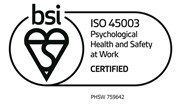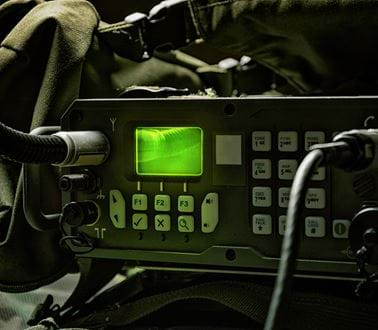
The Challenge
To conduct effective Command & Control (C2), Armed Forces are required to exchange information between multiple command posts and force elements deployed on operations. This requirement means exchanging large volumes of data using radio communications across the battlespace, leaving radio emitters and receivers as possible targets for adversary Electronic Warfare & Cyber (EW&C) measures.
The Land Warfare Centre Science & Technology (LWC S&T)[1], on behalf of the deployable British Army (Field Army), conducted a Warfare Development (WARDEV) experimentation and analysis programme to investigate and improve the resilience of command posts to EW&C measures. It focussed on improvements to processes, training and driving changes in behaviour, as opposed to procuring new equipment. We supported the programme to achieve two objectives:
- Understand the current emission profile of brigade level command posts;
- Identify interventions to reduce the ability for a peer enemy to detect, recognise, identify, locate and exploit own force command posts.
[1] LWC Head WARDEV is the tasking authority for S&T.
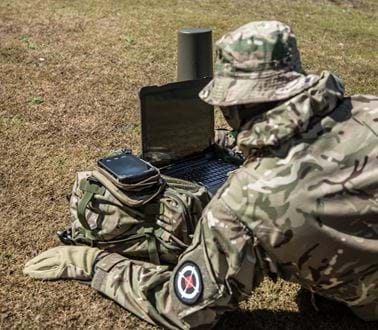
The Approach
We delivered an end-to-end experimentation programme, which led to an actionable set of interventions and practices that reduced the ability for a peer adversary to detect, recognise, identify, locate and exploit own force command posts.
Collaborating with key stakeholders and open source research, the team conducted a threat assessment to determine the likely capabilities of peer adversary Electronic Warfare (EW) equipment. With this knowledge, an experimental plan was derived to collect radio frequency (RF) emissions at a series of field training exercises using our portable EW capability: RESOLVE. RF emissions data was collected and augmented with radio propagation modelling, enabling RESOLVE to act as a surrogate peer adversary sensor and allow for the derivation of relevant, realistic insights.
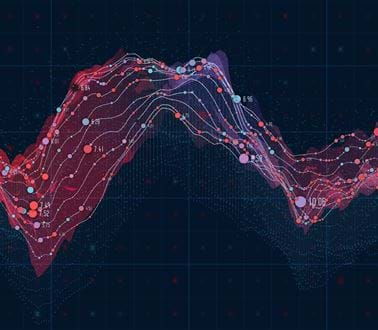
THE OUTCOME
During the exercises, the team provided insights and data visualisations to the training audience at ‘after action reviews’ to demonstrate their level of exposure. The provision of live feedback meant the team was able to observe significant reductions in exposure as behaviours improved.
Post exercise, the team conducted a deep dive into the data sets, and across sets from differing exercises. Insights and interventions were identified, which were subsequently fed back in a way to allow wide distribution and consumption by the user community. Interventions included suggestions on which bearers should be utilised to minimise the risk of detection and where to locate emitters to increase survivability.
Our approach gave Land Warfare Centre full visibility of results throughout, meaning activities and plans could be dynamically modified to maximise the benefits for field army.
We are continuing to support Land Warfare Centre in this effort. Future experiments are planned at different levels of command to broaden command post RF emissions profile understanding and identify further interventions to increase survivability.
Related news, insights and innovations
Find out more about our cutting-edge expertise.

